5. Creed II
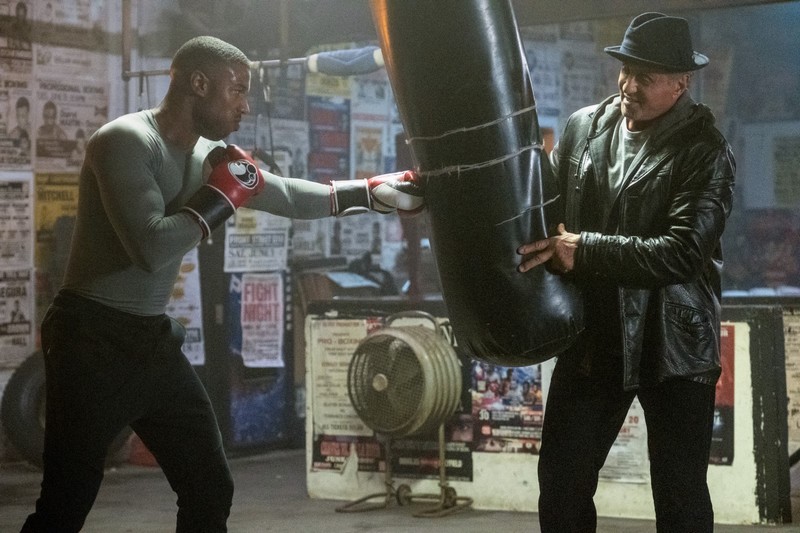
The sequel to 2015’s surprise hit Creed was also the eighth film in the larger Rocky franchise; showing the continued training of Adonis Creed (Michael B. Jordan) under Rocky Balboa (Sylvester Stallone), the sequel uses the events of Rock IV, in which Creed’s father was killed by the Russian boxer Ivan Drago (Dolph Lundgren). While Rocky IV was one of the sillier entries in the original run of films, this film uses its events for great dramatic potential as it explores father-son dynamics, as Drago pushes his son Viktor (Florian Munteanu) to face Adonis in combat.
Both Viktor and Adonis are left fighting their fathers’ wars; Viktor has been pushed both physically and emotionally by his father and struggles under his expectations, and Adonis leads a vengeance quest to appease the father he never knew. Rocky also begins to feel crushed by the past, as he takes the opportunity to reconnect with his son (Milo Ventimiglia). It’s a sequel that plays upon the franchise’s legacy, and the emotional baggage that each character carries prevents the familiar beats of the story from feeling stale.
4. The Wolverine (2013)
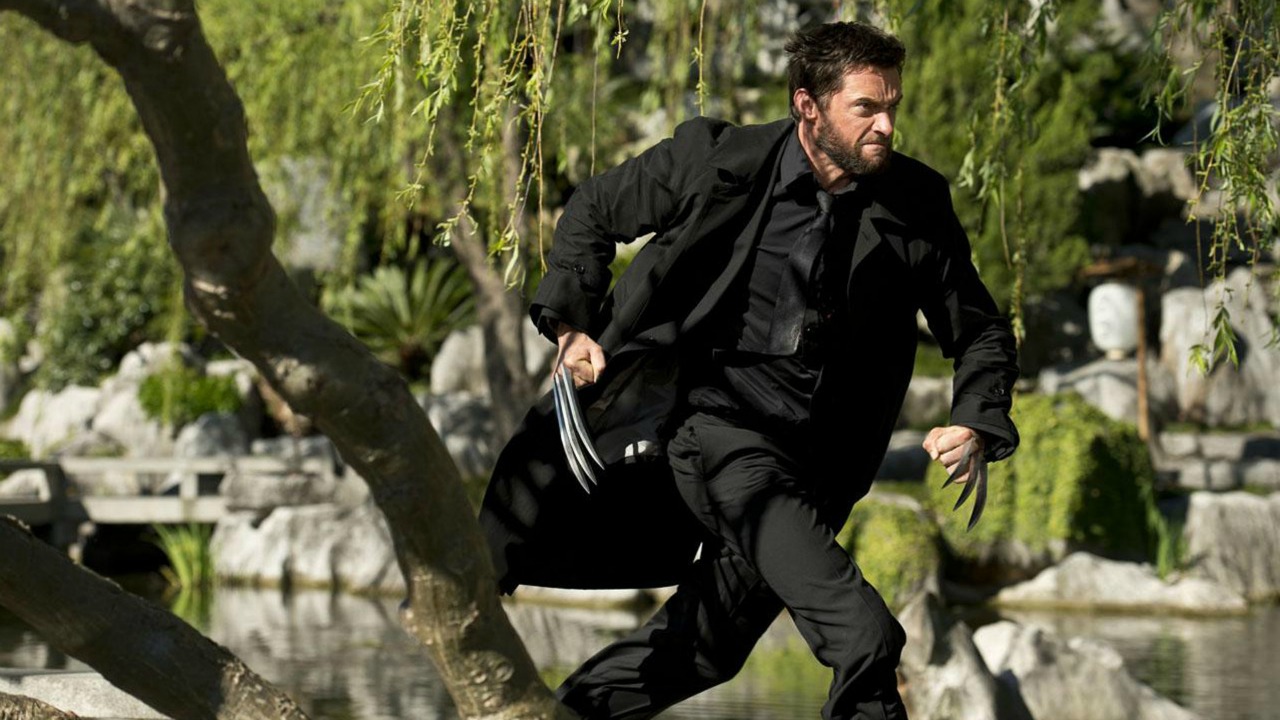
In 2017, James Mangold won over critics and audiences with his ambitious western Logan, a dramatic take on the Wolverine character that set an entirely different tone for the X-Men franchise. However, it was already clear that Mangold was well versed in the character’s mythology, as his ambitious 2013 film The Wolverine was the first to prove that Wolverine could work as a solo franchise outside of the X-Men core universe. This gritty story took Hugh Jackman’s iconic character to Japan, where he faced a new threat while attempting to reckon with his past sins.
By taking Wolverine out of his traditional setting, Mangold instilled the series with new life, and the Japanese setting allowed for some truly breathtaking sequences of hand-on-hand combat as Wolverine faces off against vicious ninjas. Seeing Wolverine interact with characters that he saved in his past helps to build his character arc, particularly as he is left yearning the departed Jean Grey. Logan may have been a game changing film, but it wouldn’t have existed if Mangold hadn’t proven that he knew the character with The Wolverine, which despite its PG-13 rating is every bit the action-packed stunner that fans wanted to see.
3. Wall Street: Money Never Sleeps
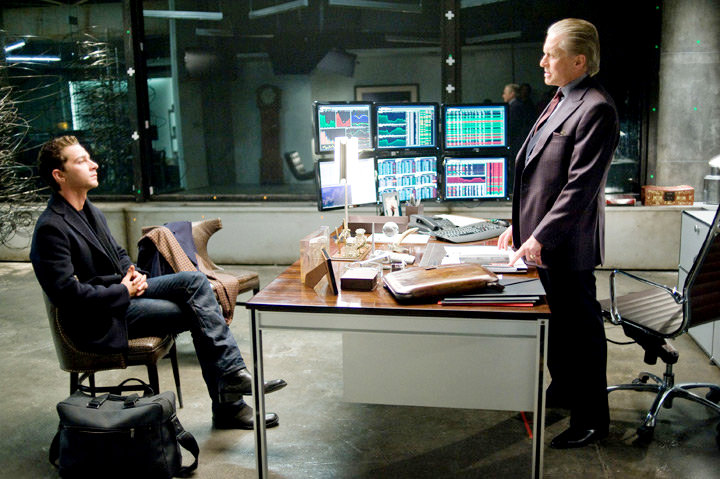
1987’s Wall Street was an iconic film that still stands as one of Oliver Stone’s best, so it is understandable that many approached his sequel with some apprehension. The 2010 follow up Wall Street: Money Never Sleeps saw Michael Douglas return to his Oscar winning character Gordon Gecko, who now has been released from prison and is plotting his return. Gecko finds a new protege in Jake Moore (Shia Labeouf), a young trader who is in love with Gecko’s daughter Winnie (Carey Mulligan); a rival associate Bretton James (Josh Brolin) takes aim at both men as he seeks to extend his operation.
Douglas returns to Gecko with ease, bringing his singular wit and unique perspective on greed and capitalism straight into the 21st Century. However, despite his uncompromising nature, Gecko has also come to reckon with his life, and through his mentorship to Jake and reunite with his daughter, he comes to become more perceptive to the things that money can’t buy. Stone never feels the need to be overly nostalgic to the original Wall Street, but he adds some fun winks and nods for fans of the original, as its themes and messages are just as timely as they were in 1987.
2. Star Trek Beyond
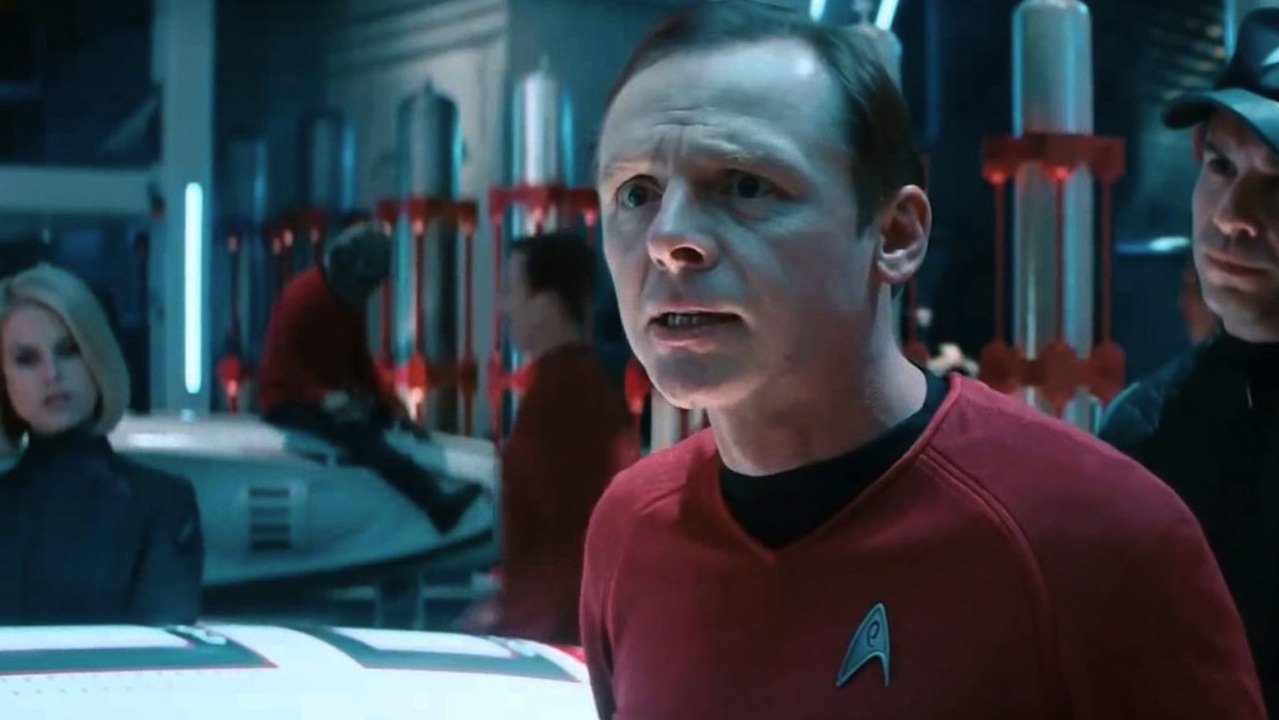
The first two films in the rebooted Star Trek series were met with commercial praise and financial success, but the third film Star Trek Beyond proved to be a financial disappointment that seemingly marked the end of Chris Pine’s tenure as James T. Kirk. The first two films, which were directed by J.J. Abrams, were more action-oriented blockbusters, but Justin Lin’s Star Trek Beyond turned out to be a more exploratory adventure in the vein of the original series. Released on the fiftieth anniversary of Gene Roddenberry’s original series, Star Trek Beyond was a hopeful, thoughtful, and thoroughly charming way to celebrate the spirit of Star Trek.
Kirk and the crew are once again trapped on an alien planet, and amidst the larger mission to stop the villain Krall (Idris Elba), Kirk wrestles with the decision of whether to leave the Enterprise behind and take a higher rank in Starfleet. Kirk’s anxieties about the politics within Starfleet manifest throughout the course of the film, as his mission shows him the havoc that has been caused throughout the universe and the dangers of militarization. As with the previous installments, the entire cast has excellent chemistry and add a lot of humor to the story, particularly when it comes to the cantankerous relationship between Spock (Zachary Quinto) and Bones (Karl Urban).
1. T2: Trainspotting
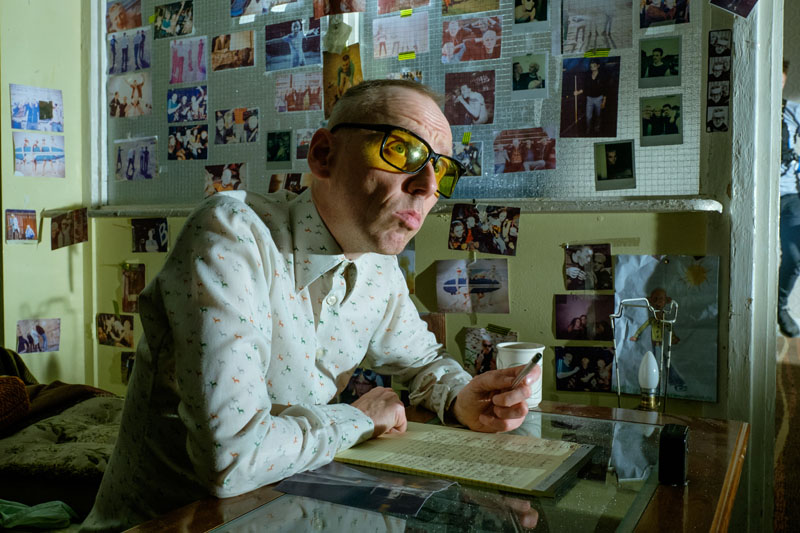
It’s always challenging making a sequel when the original is one of the greatest films ever made, and it is undoubtedly ambitious for Danny Boyle to return to the world of his 1996 masterpiece Trainspotting. However, T2: Trainspotting is the rare sequel that is a critique of nostalgia, and while Renton (Ewan McGregor), Spud (Ewen Bremmer), Sick Boy (Johnny Lee Miller), and Begbie (Robert Carlyle) are older, they aren’t any wiser. Boyle remixes elements from the first film, such as Renton’s dance to “Lust For Life” and the iconic “Choose Life” speech, and refits them for what these characters experience in modern day.
Drawing parallels between the youthful experimentation of the first film and the midlife crises that the characters face now, Boyle is able to reflect on the original story by making Spud the unsung hero who chronicles their adventures. It’s also uproariously funny, particularly when Renton and Sick Boy attempt to pull off some heists in order to legitimize a business, but also becomes quite thrilling when Begbie seeks revenge on his friends. T2: Trainspotting wasn’t given the credit it was due, and although it didn’t capture the cultural zeitgeist in the same way that the first film did, it certainly captured the same ingenious mix of hilarity and heartbreak.